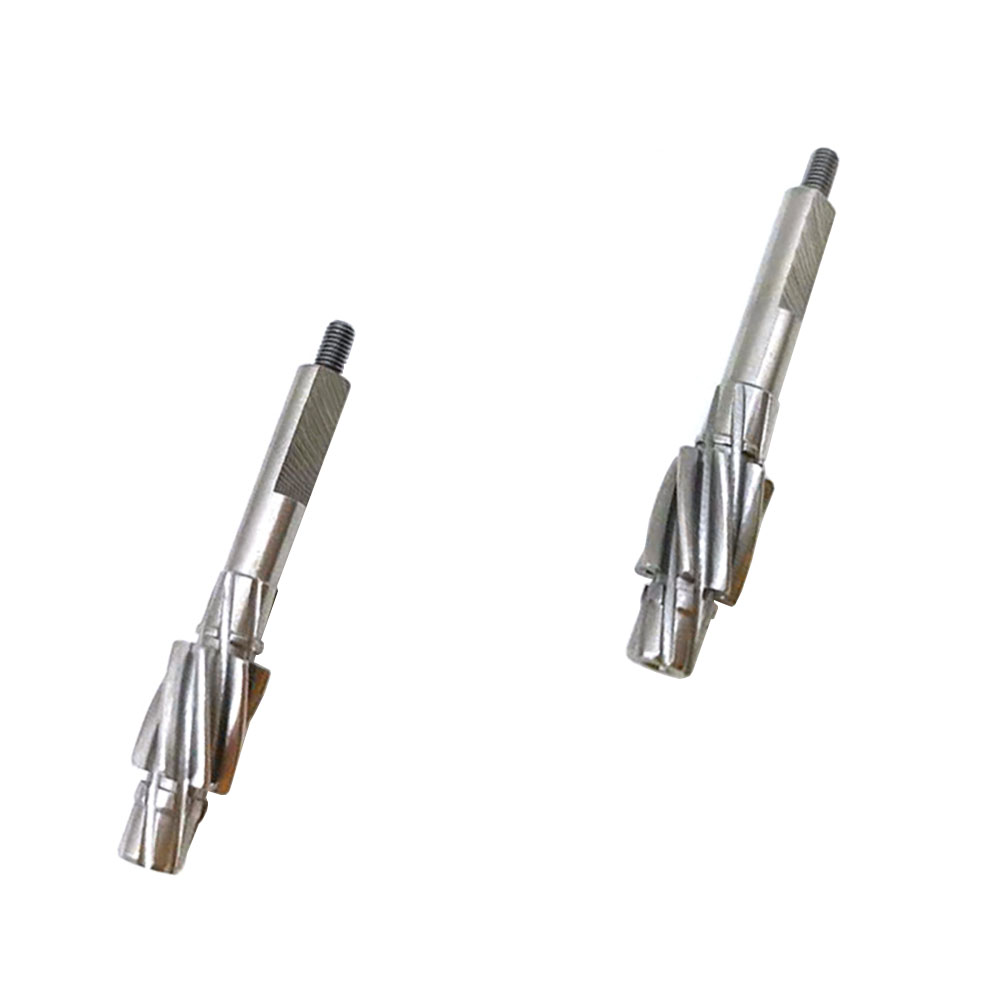Four-axis Machining Center programming method is: Generally the workpiece has six degrees of freedom when it is not positioned in space, X\Y\Z three linear displacement degrees of freedom and its corresponding ah A\B\C three rotational displacement degrees of freedom. The six degrees of freedom are usually expressed in terms of the Cartesian Cartesian coordinate system of X\Y\Z for the three linear axes and its corresponding A\B\C for the three rotational axes. For example, multi-axis CNC machines, that is, machining centers, need to set the number of axes according to the planning of the processing object when designing.
In terms of programming, there is a big difference between the programming of a Four-axis Machining Center and a CNC Five Axis Machining center. When machining a workpiece on a four-axis machining center, the tool axis is always toward the axis of rotation of the workpiece. It is because of this feature that four-axis machining center programming is more similar to three-axis machining center. Common programming instructions are as follows.
1.F function
The F function instruction is used to control the cutting feed. In the program, there are two ways to use it.
(1) Feeds per revolution
Programming format: G95F~
The number after F indicates the feed per revolution of spindle, unit is mm/r.
Example: G95F0.2 means the feed amount is 0.2mm/r.
(2) Feed per minute programming format: G94F~F
The number after F indicates the feed per minute in mm/min.
Example: G94F100 means the feed amount is 100mm/min.
2.S function
S function instruction is used to control the spindle speed.
Programming format: S~
The number after S indicates the spindle speed in r/min. On machines with constant linear speed, the S function instruction also has the following functions.
(1) Maximum speed limit
Programming format: G50S ~
The number after S indicates the maximum speed: r/min.
Example: G50S3000 means that the maximum speed limit is 3000r/min.
(2) Constant linear speed control
Programming format: G96S~
The number after S indicates the constant linear speed: m/min.
Example: G96S150 means the cutting point line speed control at 150m/min.
(3) constant line speed cancellation
Programming format: G97S~
The number after S indicates the spindle speed after the constant linear speed control is canceled, if S is not specified, the final value of G96 will be retained.
Example: G97S3000 indicates the spindle speed of 3000r/min after the constant line speed control is canceled.
3.T function
T function instruction is used to select the tool used for machining.
Programming format: T~
T is usually followed by two digits to indicate the selected tool number. But there are also T followed by four digits, the first two are the tool number, the last two are the tool length compensation number, and the tool tip radius compensation number.
Example: T0303 indicates the selection of No. 3 tool and No. 3 tool length compensation value and tool tip radius compensation value.
T0300 means cancel tool compensation
4.M function
M00:Program pause, available NC start command (CYCLESTART) to make the program continue to run.
M01: program pause, similar to the role of M00, but M01 can use the machine tool "optional stop button" to select whether it is effective.
M03: spindle clockwise rotation; M03: spindle clockwise rotation; M03: spindle clockwise rotation.
M04: counterclockwise rotation of the spindle
M05: spindle rotation stop; M05: spindle rotation stop
M08: coolant on; M08: coolant off; M08: coolant on
M09: Coolant off.
M30: program stop, program reset to the starting position.
In simple terms, one or two more indexing heads on top of the three-axis machining center adds a more complex space surface machining process.
